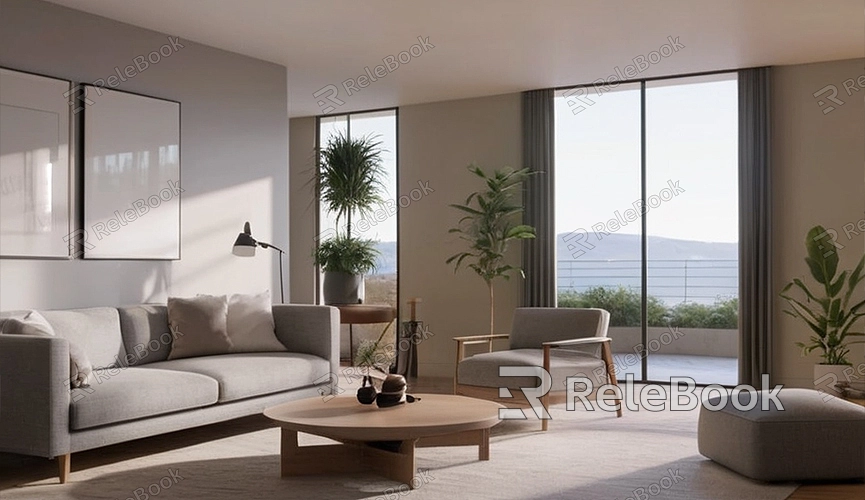How to Remove Noise from Blender Render
When utilizing Blender for rendering, noise issues often plague many 3D artists and designers. Noise not only affects image quality but also complicates post-processing. So, how can one effectively eliminate rendering noise in Blender? This article elucidates some practical methods and techniques to help enhance rendering quality.
Understanding the Source of Noise
In Blender, noise primarily stems from the instability of ray-tracing algorithms. Ray-tracing rendering engines like Cycles simulate the interaction of light rays with objects to generate images, but this method demands significant computational resources. Low sample rates and complex scene lighting relationships contribute to noise.

Employing Higher Sample Rates
1. Increase Sample Count:
Higher sample counts result in better image quality, albeit with increased rendering time. You can find the Sampling options in the Render Properties panel on the right side. Boost both Render and Viewport sample counts appropriately. For instance, setting the Render sample count to 2000 or higher significantly reduces noise.
2. Adaptive Sampling:
Blender offers adaptive sampling, optimizing rendering time while maintaining quality. After enabling Adaptive Sampling, Blender automatically adjusts the sample count for each pixel, reducing noise while improving rendering efficiency.
Utilizing Denoising Features
1. Denoising During Rendering:
Blender incorporates denoising functionality, automatically removing noise during rendering. In the Render Properties panel, navigate to the Denoising options, and enable Render and Viewport denoising. This real-time denoising during rendering enhances image quality.
2. Compositing Denoising:
Apart from denoising during rendering, you can also denoise during the compositing stage. After rendering completion, access the Compositing interface, add a Denoise node, and connect it to the rendered result. This method offers finer control over denoising effects.
Optimizing Light Sources and Material Settings
1. Simplify Light Sources:
Complex light setups often lead to increased noise. Opt for simple and explicit light sources like environment lights (HDRI) and directional lights to minimize unnecessary light reflections and refractions.
2. Adjust Materials:
Materials with high reflectivity and transparency tend to produce noise. Consider reducing these parameters or opting for simpler material settings. For example, decrease the roughness and reflection iterations of glass materials.
Utilizing Light Path Optimization
1. Reduce Maximum Light Bounces:
In the Render Properties panel, locate the Light Paths options and decrease the Max Bounces value. Typically, 3-4 bounces suffice for most scene requirements. This not only reduces noise but also accelerates rendering speed.
2. Utilize Simplified Ray Tracing:
Blender offers simplified ray-tracing options like Fast GI Approximation. Enabling these options can moderately reduce noise and enhance rendering efficiency.
Post-Processing Denoising
Apart from internal denoising in Blender, external tools can also be used for post-processing. Adobe Photoshop, GIMP, and other image editing software provide robust denoising functions. Export the rendered result as a high-quality image, then utilize these software tools for further post-processing, further enhancing image quality.
Eliminating noise from Blender renders necessitates a comprehensive approach utilizing various methods and techniques. By increasing sample rates, leveraging denoising features, optimizing light sources and material settings, and utilizing post-processing tools, you can significantly enhance rendering quality, yielding clearer and more realistic images. If high-quality 3D textures and HDRI or 3D model downloads are required for model and virtual scene creation, Relebook provides direct imports of textures and 3D models into your project.

